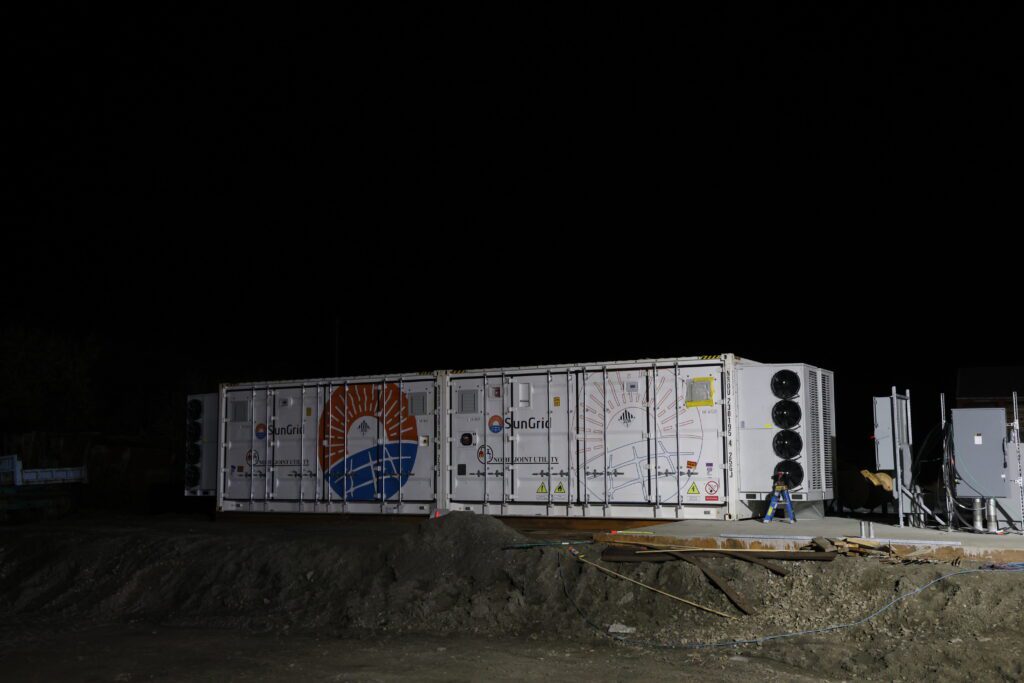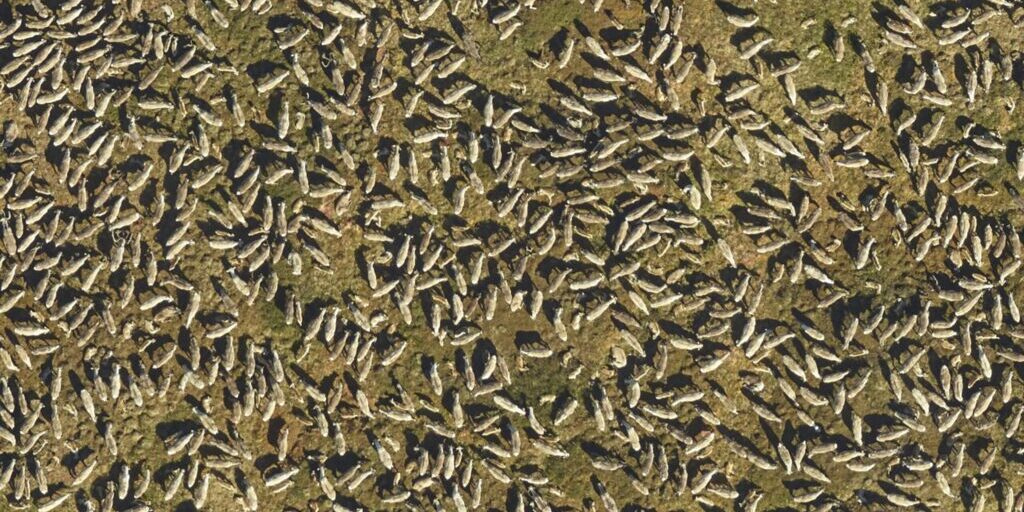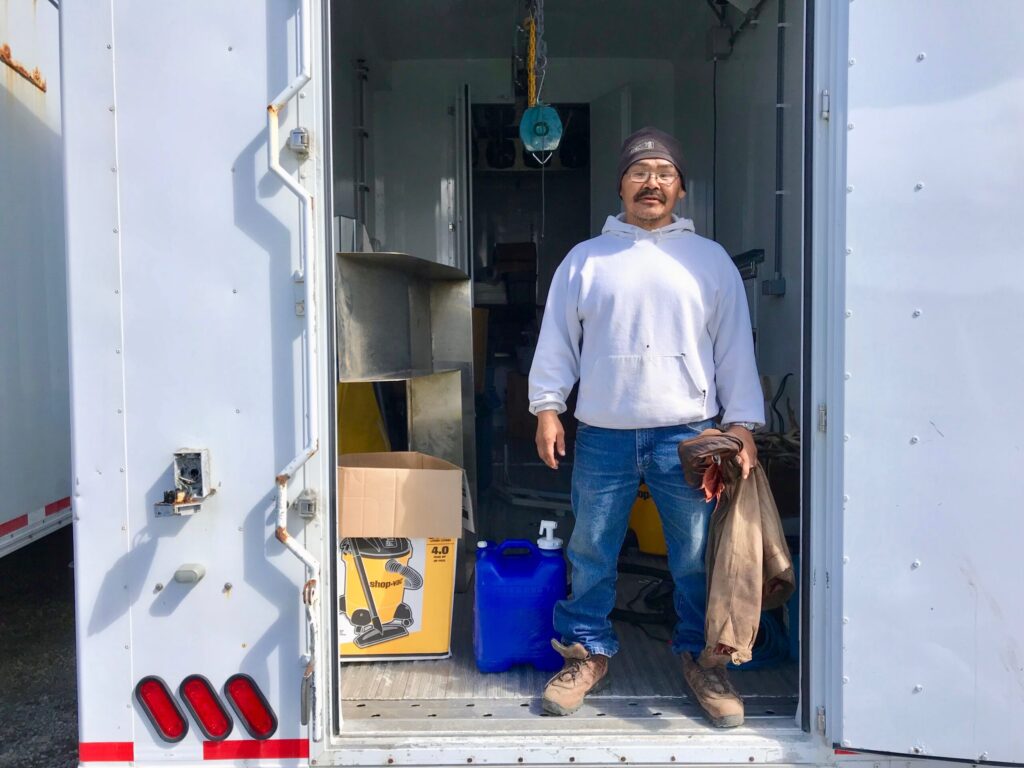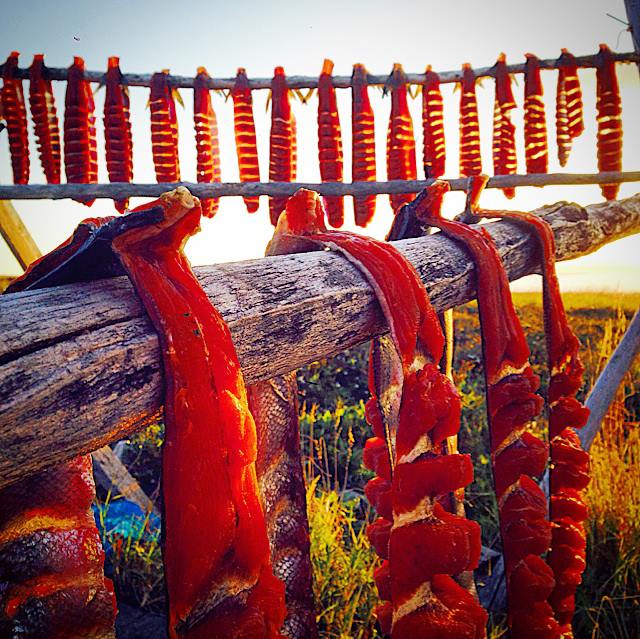The number of animals in the Western Arctic Caribou Herd (WACH) is down by nearly 6 percent from 2017. The WACH Working Group discussed the changing numbers and migration patterns of caribou during their annual meeting on December 9th.
Although a census for the herd was not done in 2020, ADF&G wildlife biologist Alex Hansen in Kotzebue referenced the results of last year’s census and findings from this year’s collar research.
“So, as I’m sure most of you are aware, we had a big decline beginning around 2003 and the decline bottomed out about 2006, we detected the herd at 201,000 … In 2017, we saw a bump in the population to 259,000. 2018, despite our best efforts, we were unable to make a census. 2019 is our most recent census, and that was 244,000 caribou.”
– Alex Hansen
Hansen says the herd is only slightly above critical values, which means that the caribou herd is getting close to being stable but not quite there. Female mortality was also above average.
The calving parturition average was also significantly lower than recent years, with 2020 at 67%. Harvests totaled to 12,000, including over 3,500 calves.
Kyle Joly, a wildlife biologist with the National Parks Service, said that the WACH’s migration patterns have also changed.
“They move 1500 miles, almost 1600 miles in a year, and this is the sixth year in a row where that number has declined. And that’s probably due to less animals migrating south from the Kobuk River, so they’re just traveling not as far.”
– Kyle Joly
Joly also notes that early migration is becoming a “new normal” for the caribou herd, with spring migration beginning as early as May 10th. This year, caribou were skewed to the north and west of Alaska, and never moved to the east like Joly says they usually do.
The WACH working group decided to label the herd’s management levels at Conservative Declining, which means non-resident’s harvests will be restricted. The subsistence harvest of bulls will not be limited unless there are fewer than 30 bulls for every 100 cows.
The WACH working group also decided to encourage voluntary reduction in calf and cow harvest, meaning they will ask hunters to avoid hunting calves and cows.
During their meeting, the working group discussed the possibility of subsistence hunters in Unit 22 being able to harvest caribou calves. Nome member and resident Tom Gray said he wanted subsistence hunters to avoid unnecessary fines.
“I’d hate to see somebody get written up for shooting a calf and get a citation that if he was on state lands, he would not get cited. In federal lands he would get cited. If we’re talking about managing this herd, I think the impact of shooting calves on the Seward Peninsula will be a whole lot less than they will be up in Unit 23.”
-Tom Gray
The motion was passed, and the WACH’s proposal will be submitted for discussion and approval to the Office of Subsistence Management next spring.
CORRECTION: An earlier version of this story reported that animals in the western Arctic caribou herd decreased by 20%. This number is inaccurate and has been updated.
Image at top: An aerial photo of the Western Arctic Caribou Herd in July 2017. Photo Courtesy of Alaska Department of Fish and Game.







